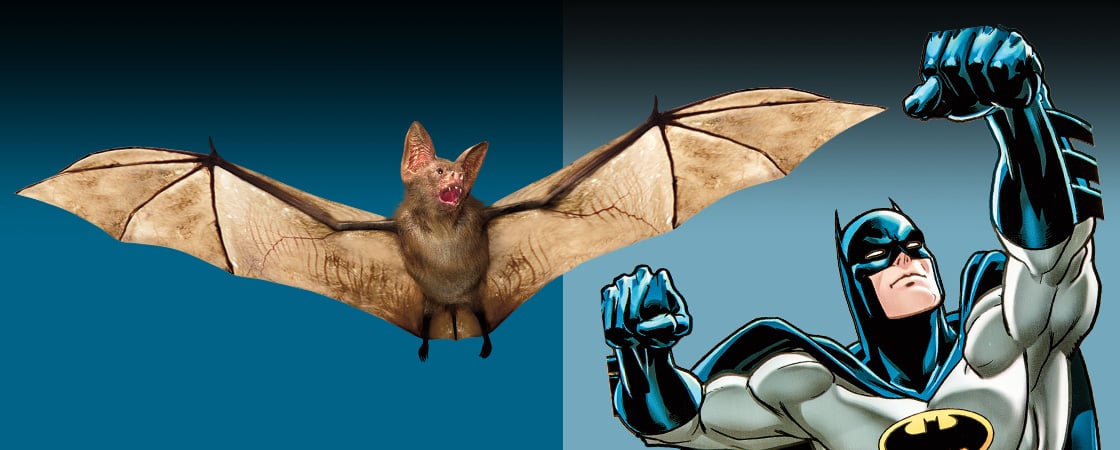Jeffrey Whyte/Alamy Stock Photo
Bruce Wayne is no ordinary guy. He sleeps during the day. Then, when the sun sets, he becomes the legendary Batman. The superhero first appeared in a comic book in 1939. Since then, he’s been the star of countless comics, cartoons, TV shows, and movies.
Bruce Wayne is not ordinary. During the day, he sleeps. At night, he becomes the legendary Batman. Batman is a superhero. He first appeared in a comic book in 1939. Since then, he’s been the star of many comics, cartoons, TV shows, and movies.

